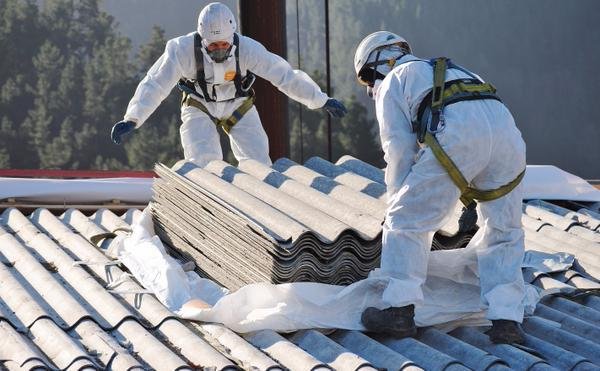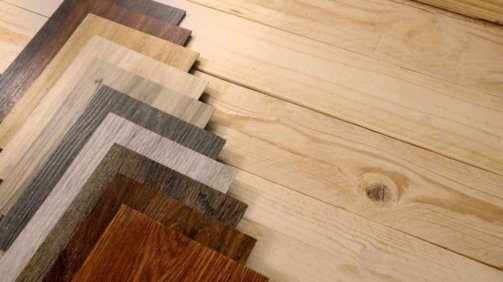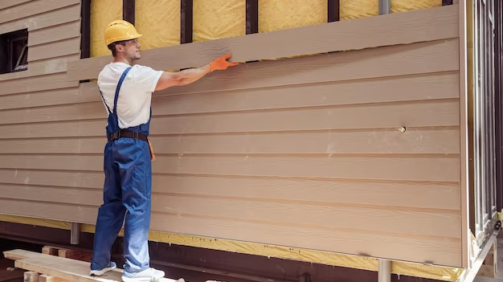Asbestos abatement refers to the process of safely removing or reducing the risk of asbestos-containing materials in buildings or structures. The following are some common methods of asbestos abatement
- Encapsulation: This method involves encapsulating or sealing the asbestos-containing material with a specialized sealant or encapsulant. This prevents the release of asbestos fibers into the air and reduces the risk of exposure. Encapsulation is typically used for asbestos-containing materials that are in good condition and not likely to be disturbed.
- Enclosure:
Enclosure involves constructing a physical barrier around the asbestos-containing material to prevent any contact or disturbance. The barrier can be made of airtight materials such as plywood or sheetrock. This method is used when removal is not feasible, and the asbestos-containing material is not in a location where it is likely to be damaged.
- Removal (Abatement):
Complete removal of asbestos-containing materials is the most effective method of abatement. It involves physically removing the asbestos-containing material from the building. Trained and certified asbestos abatement contractors use specialized equipment and follow strict safety protocols to ensure the safe removal of asbestos. The removed material is then properly disposed of according to local regulations.
- Enclosure with airlock and decontamination unit:
In situations where asbestos-containing materials need to be removed, but complete enclosure is not possible, an airlock and decontamination unit may be set up. This prevents the spread of asbestos fibers to other areas during removal. Workers enter and exit the work area through the airlock and use the decontamination unit to remove any asbestos fibers from their clothing and equipment before leaving the area.
- High-efficiency particulate air (HEPA) vacuuming:
During and after abatement activities, HEPA vacuums are used to clean surfaces and remove any loose asbestos fibers from the area. HEPA filters are designed to capture tiny particles, including asbestos fibers.
- Wet removal/wet methods:
When removing asbestos-containing materials, wet methods are often employed to suppress the release of fibers. The material is misted with water during removal to keep the asbestos fibers from becoming airborne.





